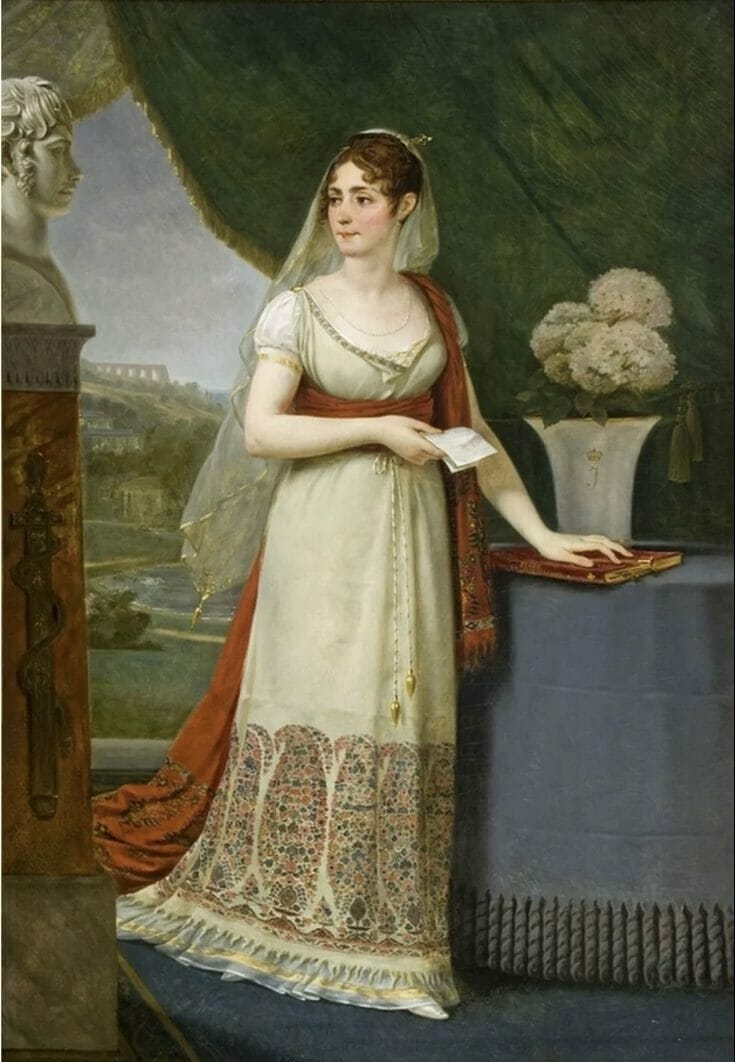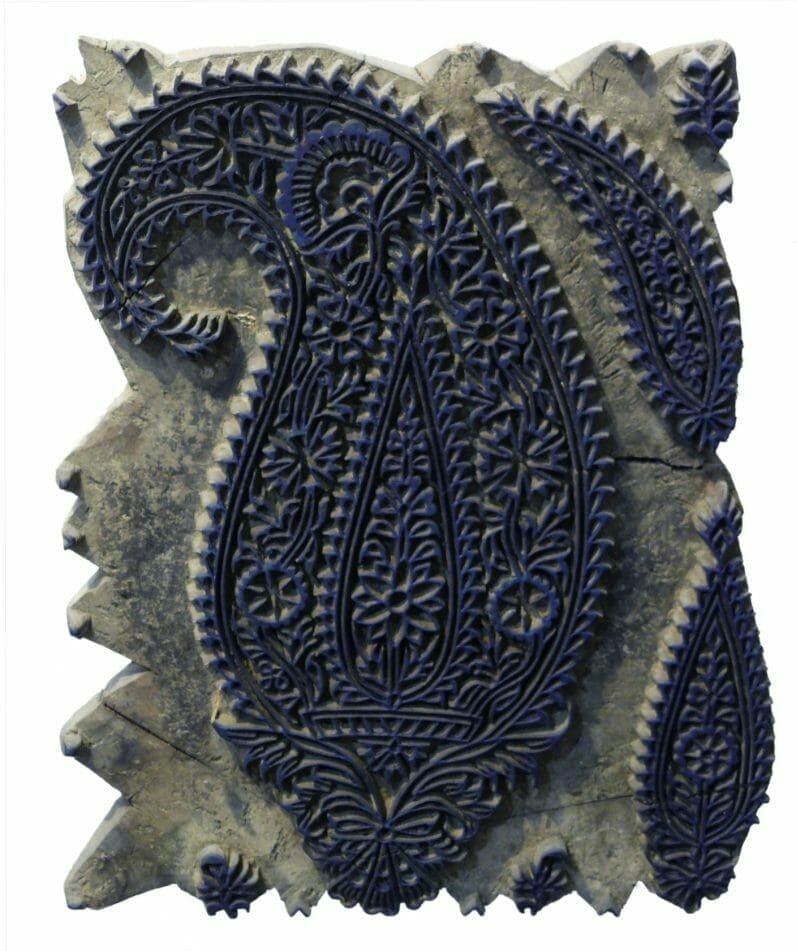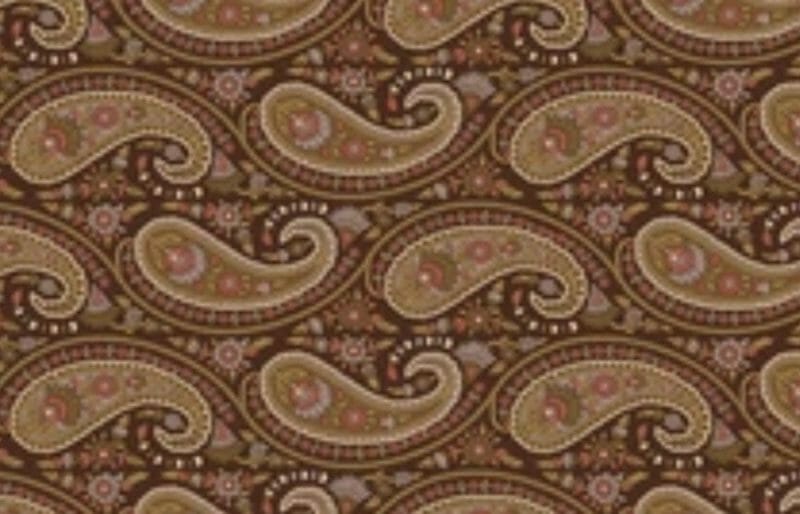Kashmir, Cachemire, Paisley
Fetured photo: Zucchi collection blocks
The pictures in the article are taken from the internet
Kashmir is a region in the north of the Indian subcontinent between India and Pakistan, both of which claim sovereignty, while the eastern part is now under Chinese control.
Inhabited since prehistoric times by Indo-European populations, it underwent raids by neighboring peoples for many centuries, then from the 13th century it was dominated by various Muslim dynasties for five centuries.
In 1819 Ranjit Singh, chief of the Sikhs and maharaja of Punjab, conquered Kashmir, which became a princely state according to the custom of the Anglo-Indian empire.
From that moment the rulers translated the name of the region into Cashmere to adapt it to the English pronunciation.
In the highlands of the vast area, which includes, in addition to Kashmir, Mongolia, Northern China, Afghanistan and Iran, lives a particular breed of goats, from whose undercoat wool is obtained the yarn to produce high quality fabrics and knitwear.
Another icon of those places are the decorations in the shape of an elongated drop with a curved and curled tip, deriving from the style of buthe (or buta) carpets, but also used in the weaving of shawls to shelter from the intense cold of those countries.
It was precisely the presence of the English, skilled in the commercial exploitation of the colonies, that determined the diffusion of that raw material and that style of textile decoration.
Through the trades of the India Company, the shawls with paisley designs arrived in the town of Paisley where the first printed examples of shawls were industrially made, imitating the Indian originals, for this reason today that type of design is commonly called paisley.
The style of the drop leaf therefore arrived in Europe after a long journey that began in Mesopotamia in ancient times, passing through India and arriving in Scotland.

But determining its definitive success in 1809 was the most elegant woman in Europe: Josephine de Beauharnais, wife of Napoleon Bonaparte.
Refined lover of art, fashion and costume, always looking for new and exotic stimuli, when she was still thirty, she discovered those naturalistic motifs of stylized leaves, falling in love with them.
She then decided to have soft and light dresses made in the empire style that took her name from her, all decorated with paisley designs.
It was her decision to bring into the wardrobe of noblewomen printed clothes with similar designs.
Having become a fashion trend, paisley, or cashmere if you prefer, spread beyond the dress, coming to decorate stoles, ribbons and even bags and shoes.
Then it fell into disuse, outclassed by the modernism of the early twentieth century.
It is due to the great creative and technical skills of the Como silk workers that they passed from printing using blocks* of wood to mechanical printing, allowing the transition from craftsmanship to industry, with the possibility of rapidly printing large quantities.
This revolution has facilitated the diffusion of cashmere designs in all kinds of products: not only clothing, but also furnishings, underwear and household items, accessories.
The silk scarves, made for the major brands, are universally famous, but also the cottons printed for Liberty by a large Italian company, unfortunately disappeared, in its factory in Saronno.
Today a printing house in Gorla Minore has taken over from that industry and keeps up the prestige of Italian textiles.
The latest evolution has been the use of paisley in men’s clothing, waistcoats, pocket squares, even suspenders, but above all in the patterns of ties, becoming a classic that has been added to the polka dots, regimental stripes and motifs defined as ties.
*A personal coquetry about fabric printing pads.
In fact, the first evidence of the curved leaf appears in Persia in the wall decorations and bas-reliefs of monuments, such as the lily of Florence which dates back to the 11th century and we find it in paper drawer liners.
Several years ago, I came into possession of the documentation relating to an immense collection of 56,000 printing blocks produced by English, French and Austrian artisans and 1,000 wax (batik) blocks from Java, lying in a warehouse in Paris.
Whoever owned it was looking for a buyer as a patron, for this purpose he had delivered a sample and a videotape to an acquaintance of mine who had unsuccessfully submitted the material to various textile industries.
My friend showed me everything, asking me to try some industrialists I was in contact with.
The first one I turned to was Giordano Zucchi, president of the company of the same name, one of the European leaders in home textiles.
A cultured person of rare intelligence as well as a great entrepreneur, he immediately showed interest, taking note of the Parisian address, so I decided to leave him the illustrative material.
A few months later, I received a call on my cell phone in which he informed me that he was in the shed in Paris with mud up to his knees, but at the same time that he was enthusiastic and had decided to buy the collection.
From all of this the museum located in Ossona and the Zucchi Collection were born, the later uses the original designs, re-proposed in the decoration of products currently on sale.
The museum blocks summarize the entire history of textile design. I am grateful to Giordano Zucchi, who passed away a few years ago, and proud of having contributed to the conservation of a world heritage that was in danger of disappearing into abandonment.






